Marketing campaign planning that actually drives growth
22 Oct 2025
Blog
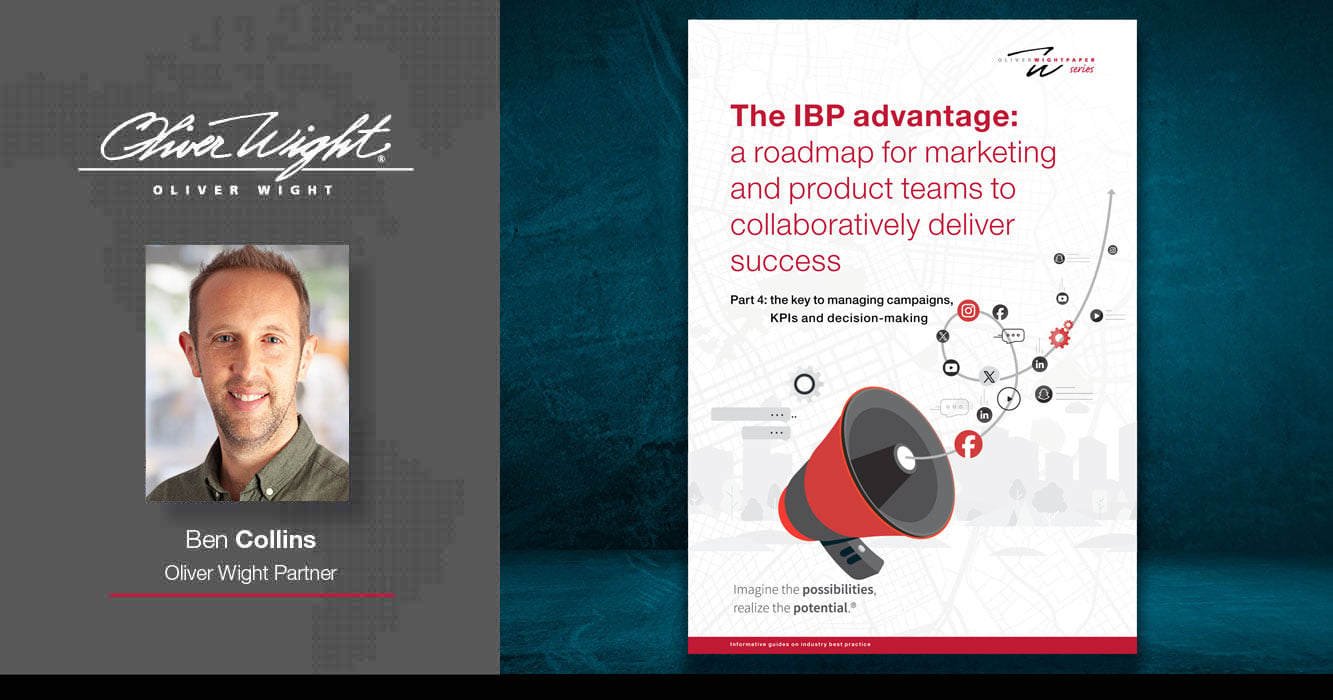
Your last campaign was brilliant. Award-worthy creative with an idea that even the competition stood up and took note of, flawless execution, impressive engagement metrics. Yet market share remains flat six months later, and customer acquisition has stalled. The disconnect between campaign excellence and business results reveals a fundamental problem: creative brilliance without strategic integration yields short-term buzz rather than long-term growth.
Many marketing campaigns exist in strategic isolation. Creative agencies develop compelling narratives, media agencies optimise reach and frequency, and digital agencies engineer engagement and conversion. However, none of these activities integrates with broader business planning cycles that determine product availability, pricing strategies, or sales force priorities.
This isolation creates expensive inefficiency through poor execution. Brilliant campaigns promote products heading for discontinuation. Compelling brand stories contradict pricing strategies. Award-winning creative work targets market segments that sales teams are abandoning. Media investments build awareness for products that supply chains can't reliably deliver.
The problem isn't creative quality or media effectiveness. The problem is treating campaign planning as separate from business planning instead of integral to it.
Organisations achieving sustainable growth from marketing investments have discovered something counterintuitive: the most successful campaigns emerge from business planning discipline, not creative inspiration alone.
When campaign planning integrates with Integrated Business Planning (IBP), creative excellence amplifies business strategy rather than operating independently from it.
Creative brilliance needs planning discipline
The marketing industry celebrates creative breakthroughs and technological innovation while at times ignoring strategic integration. Awards recognise campaign creativity, media innovation, and engagement metrics. Few recognise campaigns that drive measurable business growth over multiple quarters.
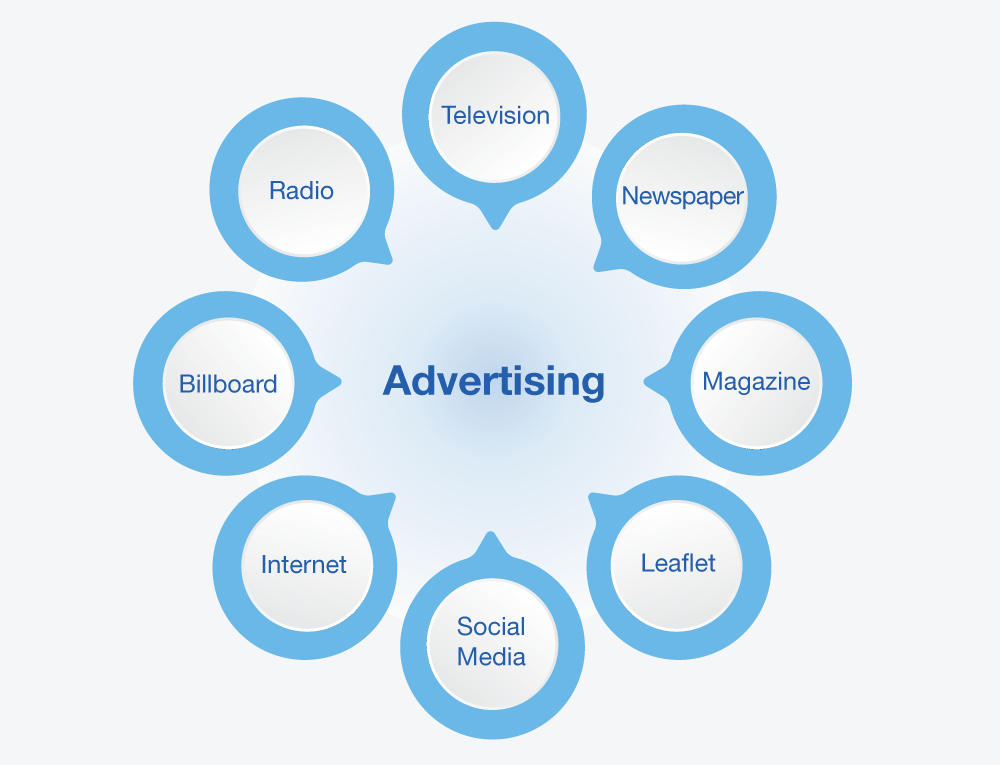
Figure 1: Multi-channel brand-building
This recognition imbalance reflects a fundamental misconception: that brilliant creative work automatically delivers business results. In reality, creative brilliance requires a strategic foundation to generate sustainable impact.
Creative excellence tells compelling stories, but strategic integration ensures those stories support business objectives. Creative innovation captures attention, yet without strategic integration, that attention rarely converts into profitable action. Creative breakthrough might generate industry recognition, but strategic integration generates revenue growth.
The integration challenge involves aligning campaign development with business planning cycles. Traditional campaign development follows creative timelines: brief development, concept creation, production, and launch. Business planning follows commercial timelines: strategy development, resource allocation, capability building, and market execution.
When these timelines disconnect, campaign launches miss business readiness. Creative teams develop breakthrough concepts, while product teams discover supply constraints. Media teams book premium placements, while sales teams lack product availability or miss key customer deadlines. Digital teams engineer conversion funnels while pricing teams adjust value propositions.
Smart organisations synchronise creative development with business planning to ensure campaign excellence supports business readiness. Campaign briefs incorporate business strategy insights. Creative development reflects operational capabilities. Media planning aligns with sales force priorities. Digital execution supports pricing strategies.
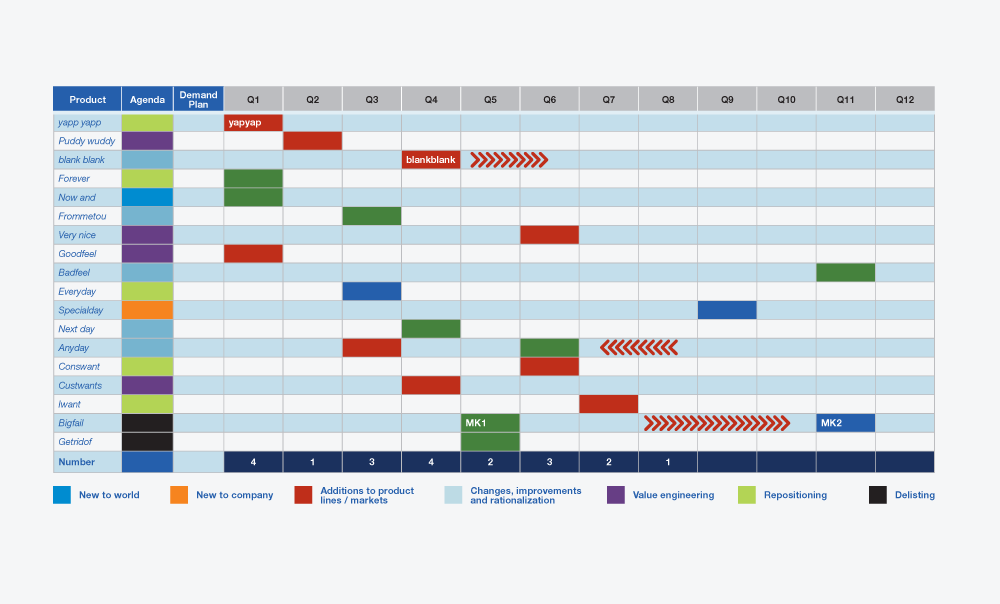
Figure 2: Example of a portfolio master plan
Rather than constraining creativity, this synchronisation channels creative energy towards business-relevant opportunities.
Integration amplifies campaign effectiveness
The most significant advantage of integrated campaign planning is the amplification of efforts across business functions. When campaigns align with broader business strategy, every organisational element reinforces campaign impact rather than working independently.
Consider how integration transforms campaign execution. Sales teams understand campaign messaging and extend conversations with qualified prospects and ongoing customer relationships. Customer service teams recognise campaign promises and deliver consistent experiences. Supply chain teams ensure product availability matches campaign-driven demand. Pricing teams coordinate value propositions with campaign positioning.
This organisational alignment multiplies campaign effectiveness beyond what creative excellence alone can achieve. Customers experience consistent brand messages across all touchpoints. Sales conversations build on campaign awareness and gain momentum from the start. Product availability meets campaign-generated demand without stockouts or excess inventory.
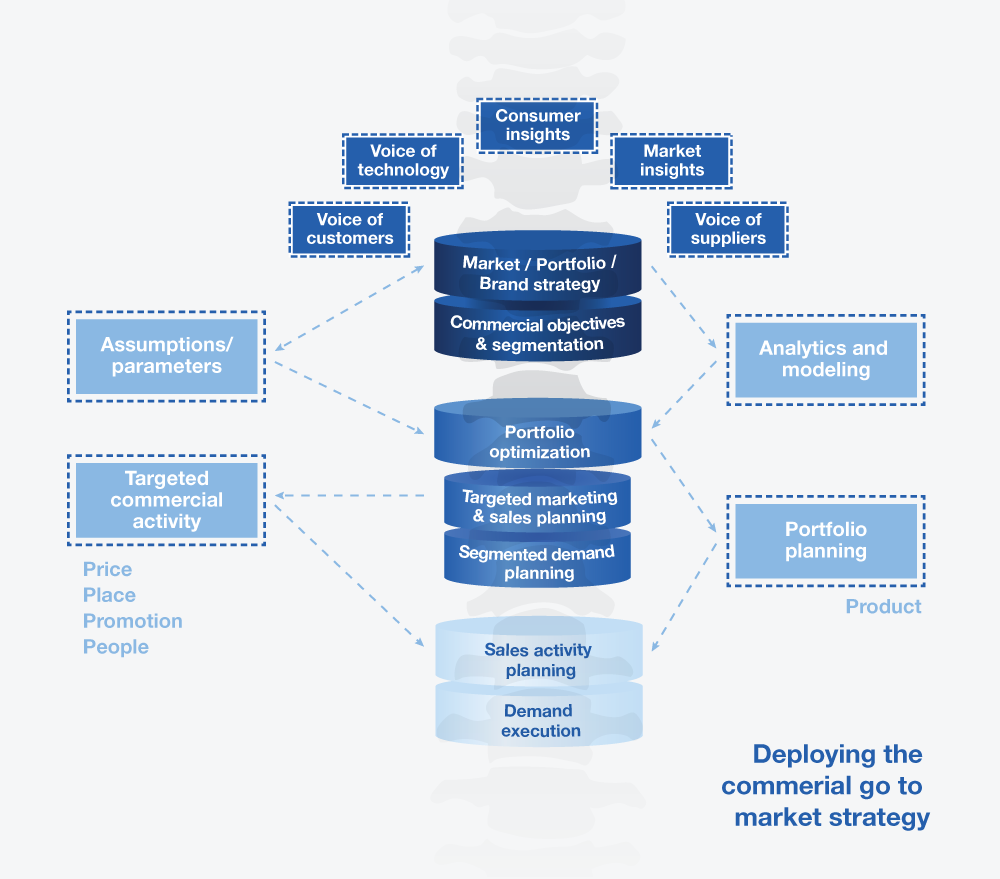
Figure 3: The commercial backbone
Integration also enables sophisticated campaign measurement. Attribution becomes clearer when campaign activities align with business processes, moving beyond measuring awareness, engagement, and conversion in isolation to capturing business contribution across the entire customer journey.
Perhaps most importantly, integration creates a sustainable competitive advantage. While rivals can copy creative concepts, media strategies, and digital tactics, they cannot easily replicate organisational integration that aligns campaign execution with business capability.
Strategic KPIs measure what matters
Traditional campaign measurement focuses on marketing metrics: reach, frequency, engagement, conversion, and attribution. These metrics matter, but they don't capture what matters most: sustainable business impact.
Strategic campaign measurement requires business-relevant KPIs that connect marketing activities to commercial outcomes. Mental availability metrics show whether campaigns build brand salience that drives purchase consideration. Physical availability metrics reveal whether distribution and space strategies support campaign-generated demand.
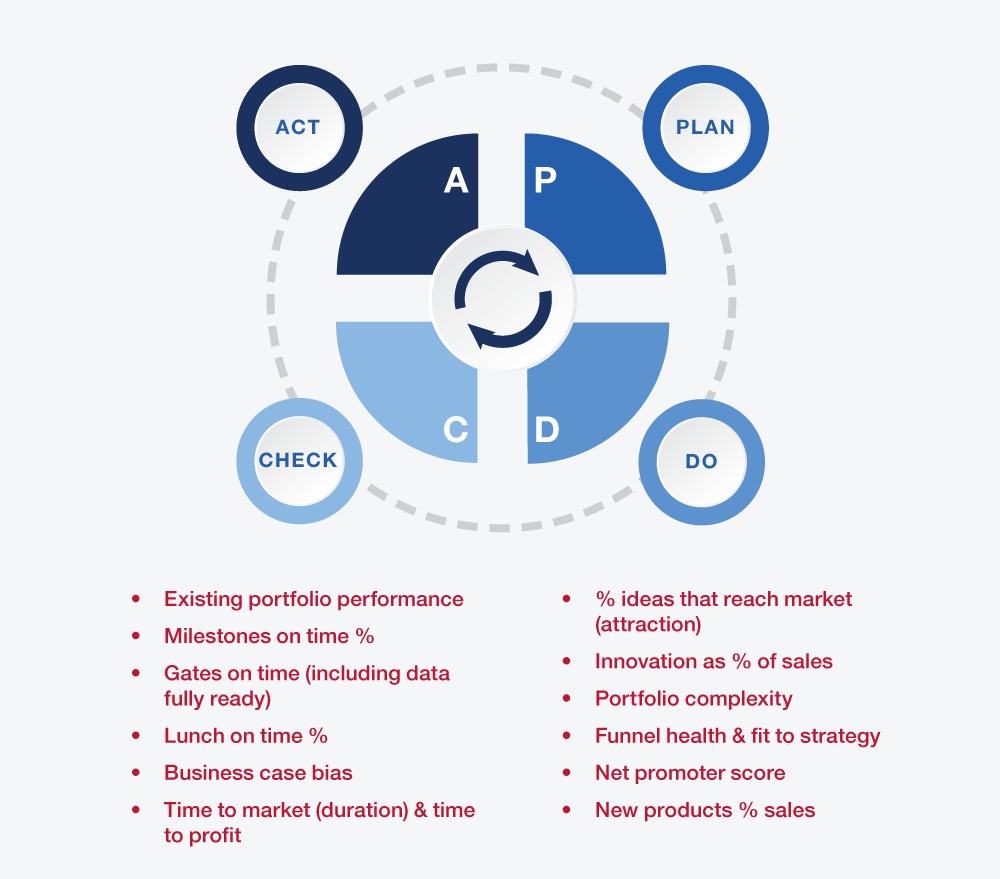
Figure 4: Example portfolio performance indicators
Achieving the balance between long-term brand building and shorter-term performance requires sophisticated measurement. Mental availability measurement goes beyond awareness to assess brand distinctiveness and purchase triggers. Campaigns might build awareness without building distinctiveness, generate engagement without creating purchase intent, or drive short-term sales without building long-term brand equity.
When campaign-driven demand emerges, physical availability measurement examines whether products are easy to find, buy, and use. Brilliant campaigns become worthless if customers cannot easily complete purchases. High awareness means nothing if distribution gaps prevent conversion.
Integrating these different elements of mental and physical availability creates sustainable growth rather than temporary spikes. Campaigns that build both mental and physical availability compound over time. Campaigns that build only one dimension deliver temporary impact that competitors can easily disrupt.
Strategic KPIs also measure campaign contribution to portfolio health. Do campaigns strengthen blockbuster products or prop up weak performers? Do they attract profitable customer segments or discount-seeking price shoppers? Do they build brand equity that supports premium pricing or commoditise offerings through promotional focus?
These business-relevant metrics require integration between marketing measurement and business planning. Campaign performance evaluation becomes part of monthly Portfolio Reviews within IBP processes rather than a standalone marketing assessment.
Figure 5: Monthly Integrated Business Planning cadence, starting with the Portfolio Review
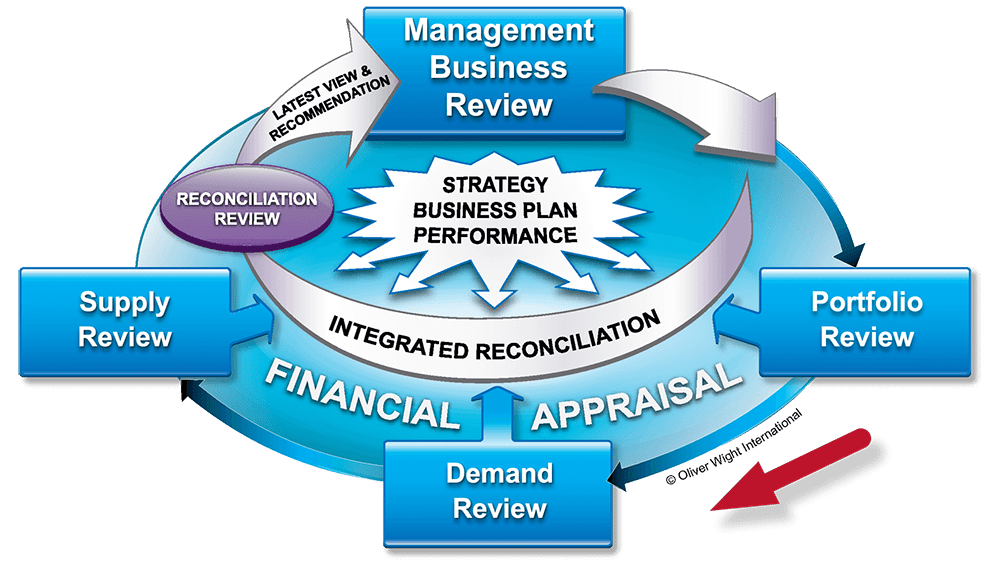
This integration ensures marketing investments receive credit for business contributions while identifying improvement opportunities before campaigns conclude rather than after budgets are spent.
Organisations measuring campaigns through one-dimensional marketing metrics alone miss the bigger picture – they're optimising for activities that might undermine business strategy while appearing successful.
Campaign planning that drives growth requires more than creative excellence and media effectiveness. It demands strategic business integration that aligns creative brilliance with business capability to deliver a sustainable competitive advantage.
When the creative aspects of marketing are integrated within the business planning discipline, campaign investments generate compound returns and sustained impact.
Discover how to integrate campaign planning with business strategy.
Read our campaign integration white paper for the complete framework on aligning marketing excellence with business planning discipline.
Author(s)
-
